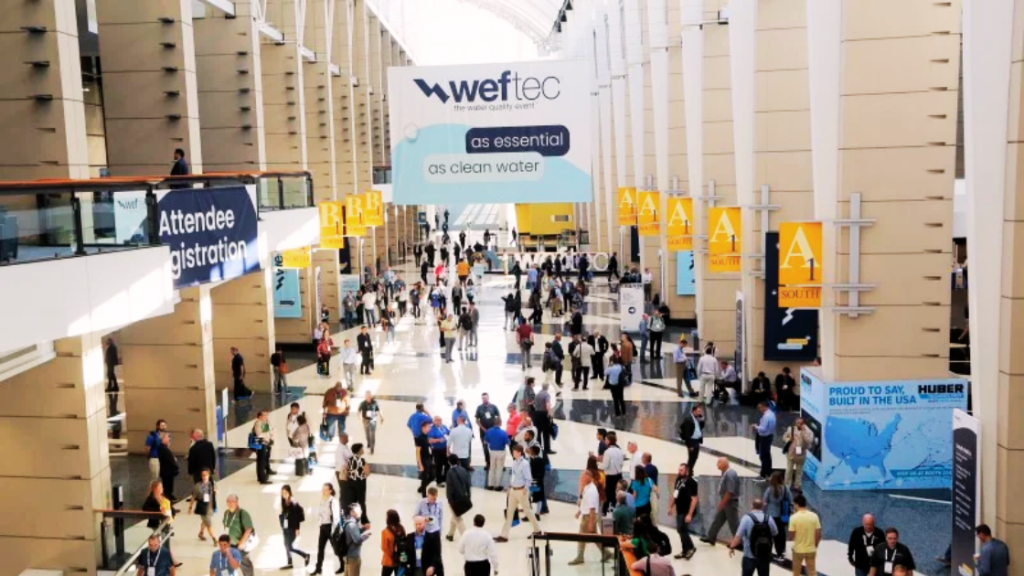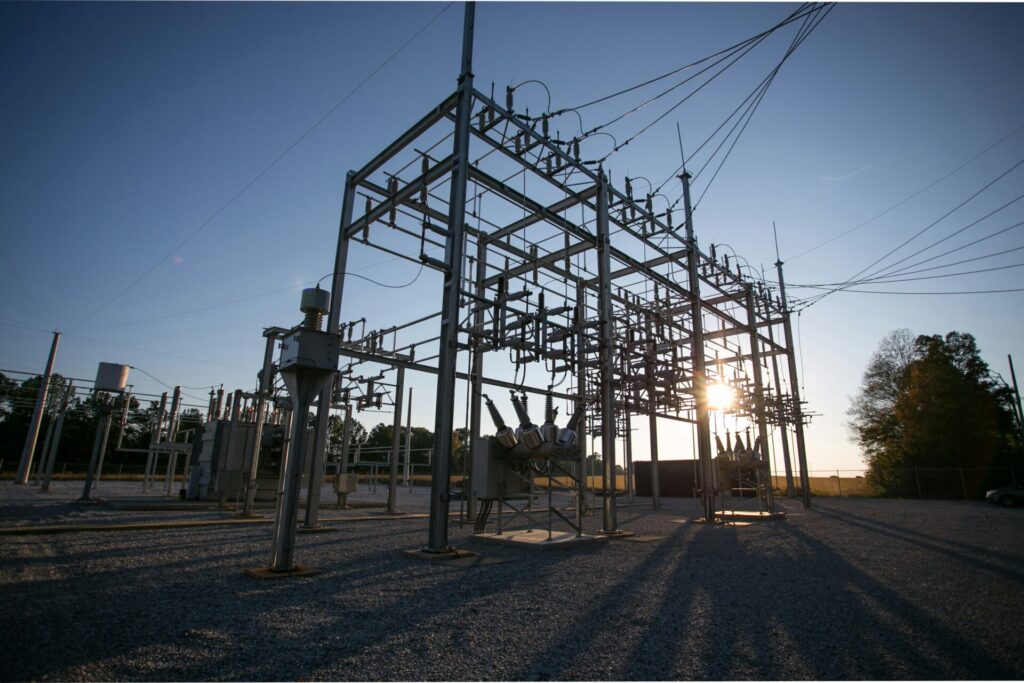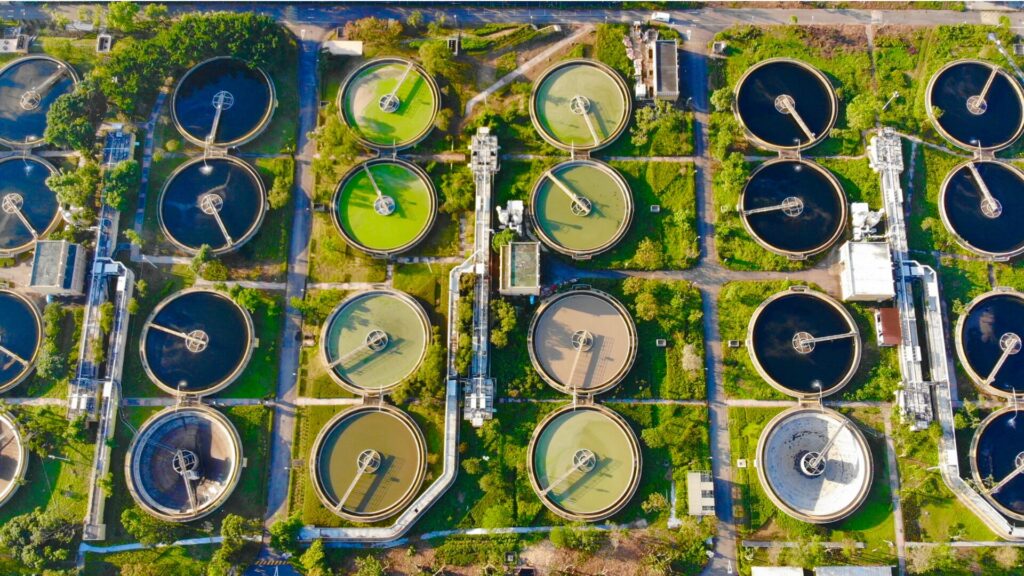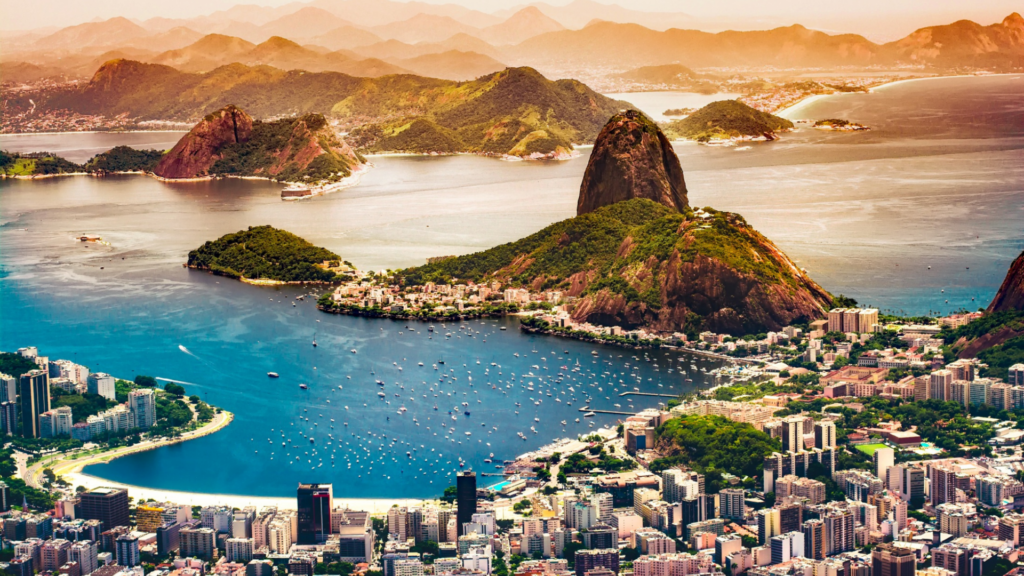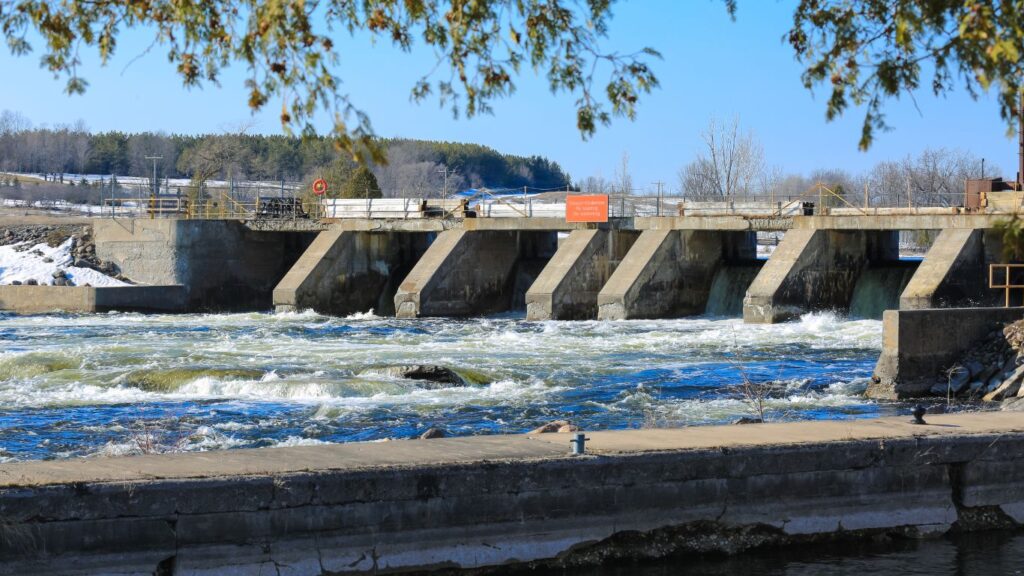National Sanitation Goals and Legal Mandates
Brazil has embarked on an ambitious plan to ensure clean water and adequate sanitation for its entire population. The New Sanitation Legal Framework (Marco Legal do Saneamento, Law No. 14,026/2020) established clear targets for universal access by 2033. Under this mandate, 99% of Brazilians must have access to safe drinking water and 90% must have sewage collection and treatment by the end of 2033. These goals, written into federal law, are backed by strict incentives – municipalities or utilities that fail to meet the targets risk penalties and may lose access to federal funding support. This paradigm shift in policy acknowledged that previous approaches were insufficient, spurring a greater role for private investment and new regulatory oversight in the sanitation sector.
To guide the country toward these objectives, the federal government and regulatory agencies have issued detailed plans and standards. In May 2024, the National Water and Sanitation Agency (ANA) introduced Reference Standard No. 08/2024, which sets progressive milestones and guidelines for monitoring access at municipal and regional levels. This ensures that each city or region has measurable interim goals on the path to universal service. The emphasis is not only on expanding coverage, but also on maintaining quality standards – drinking water must consistently meet health regulations, and wastewater treatment must comply with environmental effluent criteria. Such regulatory measures, along with the overarching Sustainable Development Goal (SDG) 6 timeline for 2030, reflect Brazil’s commitment to sustainable development, albeit with a national deadline extended slightly to 2033 for full compliance.
Notably, the drive for universal sanitation has the strong backing of Brazil’s professional and academic community. At the 34th Brazilian Congress of Sanitary and Environmental Engineering – the flagship event of ABES (Associação Brasileira de Engenharia Sanitária e Ambiental) held in May 2025 – the central theme was “universalization” – meaning every Brazilian should have access to clean water and treated wastewater. The conference convened experts to debate public policies, technological innovations, and financial strategies needed to achieve the 2033 goals. Dozens of panels discussed topics like adjustments to the regulatory framework, while researchers presented numerous technical papers offering solutions ranging from efficient treatment technologies to community engagement models. The ABES event served as a critical forum aligning engineers, policymakers, and academics behind the national mandate for universal water and sanitation access.
Current Coverage and Recent Progress
Significant gaps remain in Brazil’s water supply and wastewater treatment coverage, even as progress is being made. As of the early 2020s, about 17% of Brazil’s population still lives without access to piped potable water, and roughly 40% lack access to any sewage system. In other words, an estimated 35 million Brazilians do not have treated water on tap, and over 80 million are without connection to sewer networks, relying instead on rudimentary latrines or none at all. These shortfalls are most acute in impoverished and rural communities. However, recent data show gradual improvements. According to the 2022 national census, 62.5% of the population lived in homes connected to a sewer collection network in 2022, up from 52.8% in 2010 (and just 44.4% back in 2000). If septic systems are included as adequate sanitation, the share with improved wastewater disposal rises to 75.7% in 2022, versus 64.5% in 2010. This indicates that while only a bit over half of Brazilians have direct sewer hookups, about three-quarters have at least some form of sewage treatment (be it a sewer or a septic tank). On the drinking water side, around 84–85% of the population is served with treated water from the public supply systems, a coverage level that has inched upward in recent years. The remaining gap – roughly 15% of people – typically rely on untreated sources like wells, springs, or rainwater, which poses risks to health.
Despite the improvements, Brazil faces a major challenge on the wastewater treatment front. It is not enough to lay sewer pipelines; the sewage collected must also be treated before being released into the environment. Currently, only about 52.2% of all wastewater generated in the country is actually treated. This means nearly half of sewage—much of it from households that may even have network access—ends up dumped untreated into rivers, streams, or soils, with severe environmental and public health consequences. In 2021, for example, poor sanitation was linked to around 130,000 hospitalizations due to waterborne diseases such as diarrheal infections, hepatitis A, cholera, leptospirosis, and typhoid fever. The government’s mandate explicitly includes “collection and treatment” of sewage, emphasizing that the ultimate goal is treated wastewater for the entire population, not simply laying pipes. Reaching this goal will require Brazil to dramatically boost its wastewater treatment capacity in the coming years – an effort already underway in some regions, as new treatment plants are being planned and built alongside network expansion projects.
To appreciate the scale of the task ahead, consider the financial investment needed. Estimates from Brazil’s Ministry of Infrastructure and organizations like ABES project that about R$700 billion (approximately US$140 billion) in cumulative investment will be required by 2033 to build out the necessary water and sanitation infrastructure nationwide. This is a colossal sum, reflecting the need for thousands of kilometers of distribution pipes, sewer lines, pumping stations, water treatment plants, and sewage treatment facilities across the country. After years of declining public investment in the sector, mobilizing this level of funding will depend on a combination of public funds, private capital, and innovative financing mechanisms. The New Sanitation Framework has tried to address this by conditioning federal support on performance
and by creating a more attractive environment for private investors – a strategy which appears to be yielding results (as discussed in the next section). The recent trends in coverage, while positive, need to accelerate significantly if Brazil is to move from the current ~84% water / ~62% basic sanitation coverage into the high 90s within the next decade.
Regional Disparities and Urban–Rural Gaps
National averages mask deep regional disparities in Brazil’s water and sanitation access. The country’s size and socio-economic inequalities mean that some regions enjoy near-universal services while others lag far behind. The table below illustrates the contrast in 2022–2023 coverage levels by region, according to data from the National Sanitation Information System and the Trata Brasil institute (based on SNIS):
![Region Water Access (treated) [%] Sewer Access (network) [%] North 64.2% 14.7% Northeast 76.9% 31.4% Southeast 90.9% 80.9% South 91.6% 49.7% Center-West 89.8% 62.3% Brazil (avg) ~84.9% ~56.0](https://staging.transcendinfra.com/wp-content/uploads/2025/06/Region-Water-Access-treated-Sewer-Access-network-North-64.2-14.7-Northeast-76.9-31.4-Southeast-90.9-80.9-South-91.6-49.7-Center-West-89.8-62.3-Brazil-avg-84.9-56.0-1024x512.png)
As shown, the North Region has the lowest coverage – only about 64% of its population receives treated water, and an abysmal 15% are connected to sewage networks. The vast Amazonian geography, with remote communities spread across rivers and rainforests, makes infrastructure development particularly challenging in the North. Neighboring Northeast also trails the national average, with about 77% water coverage and 31% sewer coverage. In contrast, the more developed Southeast region (which includes São Paulo and Rio de Janeiro) has around 91% of its population served with clean water and 81% with sewage collection – the closest to the ultimate goals. The South and Center-West regions fall in between, generally exceeding 90% on water supply but still only around half to two-thirds of people on sewer systems. These disparities highlight that achieving universal service will require a focused effort on the North and Northeast, where the starting point is far behind. It’s in these regions that large portions of the population rely on alternative water sources (like wells or water trucks) and rudimentary sanitation (pit latrines or discharge of raw sewage into nature).
Equally stark are the urban–rural divides in access. Cities and large towns in Brazil tend to have much better infrastructure than the countryside. For instance, in 2023 about 93.4% of urban households had piped water from the general supply network, versus only 32.3% of rural households. In other words, two-thirds of rural families lack access to the public water grid, often depending on wells, rainwater cisterns, or rivers. Even within the rural segment, there are differences – the rural Northeast has the highest
coverage (about 43.9% of rural households there have network water) while other rural areas fare even worse. Sanitation is where the urban-rural gap becomes a chasm: 78% of urban households have sewage service (through a public sewer or linked septic system), but in rural areas only about 9.6% of households have any sort of sewer connection. Essentially, sanitation in rural Brazil is still largely handled through septic tanks not connected to treatment plants, or more often, makeshift solutions that leave waste untreated. This poses enormous health risks in rural communities, contaminating local waterways and groundwater. Bridging this rural gap will require not only extending pipelines over long distances (which is costly for sparsely populated areas) but also implementing decentralized solutions – for example, household or community septic systems, small-scale treatment units, and educational programs on safe water storage and hygiene. The Marco Legal do Saneamento encourages regionalized service models, where clusters of smaller municipalities can jointly attract investment or form partnerships to achieve scale and efficiency in service provision. Such approaches are especially relevant to improve rural coverage in a sustainable way.
The regional and urban-rural disparities are rooted in historical and economic factors. Wealthier states like São Paulo long ago invested in extensive water and sewer networks (and continue to upgrade them), whereas poorer and more rural states had limited capital for infrastructure. Geography also plays a role: remote communities in the Amazon or the semi-arid interior of the Northeast are harder to reach and often absent from utility company grids. As a result, there is a concentration of the unserved population in the North/Northeast and in rural areas nationwide. Addressing these inequities is a central challenge in Brazil’s push for universal access. It will require targeted funding (e.g. federal grants or cross-subsidies to poorer regions), appropriate technology choices (like robust and decentralized solutions for small communities), and capacity-building at the local level. The government has signaled its intent to tackle this – for example, President Lula, on World Water Day 2025, emphasized bringing water to the drought-prone Sertão region as a matter of ending historical neglect. Major projects like the São Francisco River Integration Project (a water transfer serving Ceará, Paraíba, Pernambuco, and Rio Grande do Norte) and new reservoirs (such as the Oiticica Dam in Rio Grande do Norte) are underway to improve water security in the Northeast. These efforts, coupled with the expansion of distribution networks and treatment facilities, aim to shrink the regional gaps in the coming decade.
Initiatives and Partnerships Highlighted at the ABES Event
Implementing Brazil’s sanitation mandate calls for a multi-faceted approach, and numerous initiatives, partnerships, and projects were showcased at the recent ABES event to illustrate how the goals can be met. A key theme was the integration of public and private efforts. The New Legal Framework opened the door for greater private sector participation in what was historically a state-dominated sector. As a result, dozens of public-private partnership (PPP) contracts and concession auctions have been conducted in recent years, bringing in much-needed capital and expertise.
According to the national association of private concessionaires (Abcon), since the law passed in 2020, Brazil has held 57 regional water and sewer service auctions, mobilizing approximately R$161 billion in investments. This influx of private investment is seen as crucial for reaching universal service, given constraints on public budgets. At the ABES congress, sector leaders noted that blended financing models – combining government funds, development bank loans, and private capital – will be required to raise the estimated R$700 billion for universal coverage. Panelists from BNDES (the National Development Bank) and the World Bank discussed new financing instruments like sanitation debentures and results-based loans, as well as the need to streamline project preparation to attract bidders. There was consensus that without tapping private capital and improving the bankability of projects, Brazil would struggle to hit its 2033 targets.
One of the standout examples highlighted was the recent concession program in Pará, a northern state with some of the country’s lowest sanitation indicators. In April 2023, an auction structured by BNDES awarded contracts to private operator Aegea to take over water and sewer services in 126 municipalities of Pará. This is expected to bring R$15–19 billion of investment over 40-year contracts, massively expanding infrastructure in a region where, previously, only around 10–20% of residents had sewage coverage. Notably, one of the four concession lots (covering the smallest and most remote towns) initially received no bids – underlining the difficulty of universal service in low-revenue areas – but plans are underway to restructure that lot for a future bidding. This case exemplifies a broader pivot: after focusing on the affluent Southeast and South, many new PPP projects are targeting Brazil’s underserved North and Northeast. Government officials at the ABES event stressed that extending service in these areas is not only a social priority but also an opportunity for growth. By bundling cities into regional blocks and providing federal support, even historically neglected areas can become viable for private concessions. Similar initiatives are rolling out in states like Pernambuco, Maranhão, and Rio Grande do Norte, where PPPs for water/wastewater are being structured with BNDES support in 2025–2026, potentially unlocking another wave of investments.
While private concessions grab headlines, the federal and state governments are also investing directly in critical projects. The “New PAC” (Growth Acceleration Program) launched in 2023 includes substantial funding for water infrastructure, especially in drought-prone and low-income regions. For example, the Oiticica Dam in the semi-arid northeast is being expanded with federal funds to secure water for 22 municipalities. Likewise, programs to build household cisterns, improve urban drainage, and install decentralized sewage systems in rural villages were mentioned as part of the government’s strategy (some harkening back to the earlier “Water for All” initiative). Public sanitation companies – such as SABESP in São Paulo or COPASA in Minas Gerais – are pursuing capital investments and sometimes partial privatization to access new funding. My key takeaway from the ABES event was that achieving universal water and sewer service in Brazil will require collaborative efforts. No single entity – not the federal government, nor state utilities, nor private companies – can do it alone. Instead, partnerships are being forged: multilateral development banks (like the IDB and World Bank) co-financing projects with
private banks, construction firms teaming up with technology providers to build efficient treatment plants, and community organizations working with municipalities to ensure new services reach the most vulnerable. The sanitation sector is gearing up for an unprecedented expansion, and the ABES forum solidified the importance of knowledge sharing and stakeholder alignment in this process.
Implications for Sustainability, Public Health, and Engineering in Brazil
The push to expand clean water and treat wastewater for all Brazilians carries profound implications for sustainability, public health, and the environmental engineering sector. Firstly, achieving universal access is fundamentally a public health endeavor. As noted, waterborne and sanitation-related diseases remain a significant problem in areas lacking services. When nearly 130,000 people a year are hospitalized from diseases linked to poor water and sanitation, the human costs are immense – particularly for children, who are most vulnerable to diarrheal diseases, and for communities in the poor North and Northeast. Universal clean water and sewage treatment will drastically reduce infections by cutting off the fecal-oral transmission route of pathogens. We can expect declines in diarrhea, intestinal parasites, hepatitis A, and even mosquito-borne diseases (since better wastewater management can reduce stagnant water where vectors breed). The broader social benefits include improved child growth and cognitive development (as chronic gut infections diminish), higher school attendance (children missing fewer days due to illness), and greater workforce productivity. Sanitation is an investment in human capital. Health experts at the ABES conference emphasized that every real invested in sanitation yields multiple reais in saved healthcare costs and increased economic productivity down the line – a sustainability argument in its own right.
Secondly, from an environmental sustainability perspective, treating wastewater before discharge is critical to protecting Brazil’s rich aquatic ecosystems. Today, with almost half of sewage untreated, many rivers, lakes, and coastal waters are contaminated with sewage, harming fish and wildlife and polluting drinking water sources. As new treatment plants come online and sewer networks extend, we should see a reduction in the organic pollution load entering waterways. This will improve water quality in rivers like the Tietê and Pinheiros in São Paulo (historically infamous for pollution) and in sensitive biomes such as the Pantanal and Amazon Basin. Better sanitation also complements efforts in water conservation. Currently, Brazil loses an estimated 38% of treated water to leaks and theft in distribution systems – a huge waste of a valuable resource. Upgrading infrastructure under the sanitation mandate will likely involve fixing leaky pipes and implementing smarter water management, thereby reducing water loss. Furthermore, modern wastewater treatment can enable water reuse, turning effluent into a resource for irrigation or industrial use. Some cities in Brazil are already exploring reuse to cope with water scarcity (for example, using treated effluent for urban landscaping or in cooling
processes), a trend that could expand as sanitation coverage grows. Proper sewage treatment also cuts greenhouse gas emissions: when sewage is left to degrade anaerobically in the environment, it releases methane, a potent greenhouse gas. Fortunately technology can turn methane into energy – one of the keynote speakers at ABES, Daniel Nolasco, discussed capturing sewage in treatment systems where methane can be flared or used for energy that contribute to climate mitigation goals.
Crucially, the pursuit of universal water and sanitation is intertwined with long-term sustainability. It addresses the social dimension (equity in access to essential services), the economic dimension (by improving productivity and reducing healthcare costs), and the environmental dimension (by reducing pollution and conserving water resources). Achieving these goals will make Brazilian cities more livable and resilient – for instance, better sewage and drainage systems will mitigate floods and waterlogging during heavy rains, a growing concern with climate change. Rural sustainability will improve as well: providing clean water close to home frees especially women and children from the labor of water fetching, and proper sanitation protects local soil and water from contamination, enabling safer agriculture and fishing.
My Final Reflections – Attending ABES in Brazil
Brazil’s experience in universalizing access to clean water and treated wastewater holds lessons globally. If (when!) successful, it will stand as an example of how a large, diverse developing country can rapidly expand infrastructure through effective law, innovative financing, and inclusive planning. The involvement of organizations like ABES ensures that sustainability and engineering best practices guide this expansion. By insisting on treated wastewater and not just access, the mandate aligns with a truly sustainable sanitation outcome – one where future generations inherit not polluted rivers and disease, but cleaner water bodies and healthier communities. The road to 2033 is challenging, but with continued commitment, investment, and ingenuity, Brazil is poised to turn the right to water and sanitation into a reality for all its citizens.


